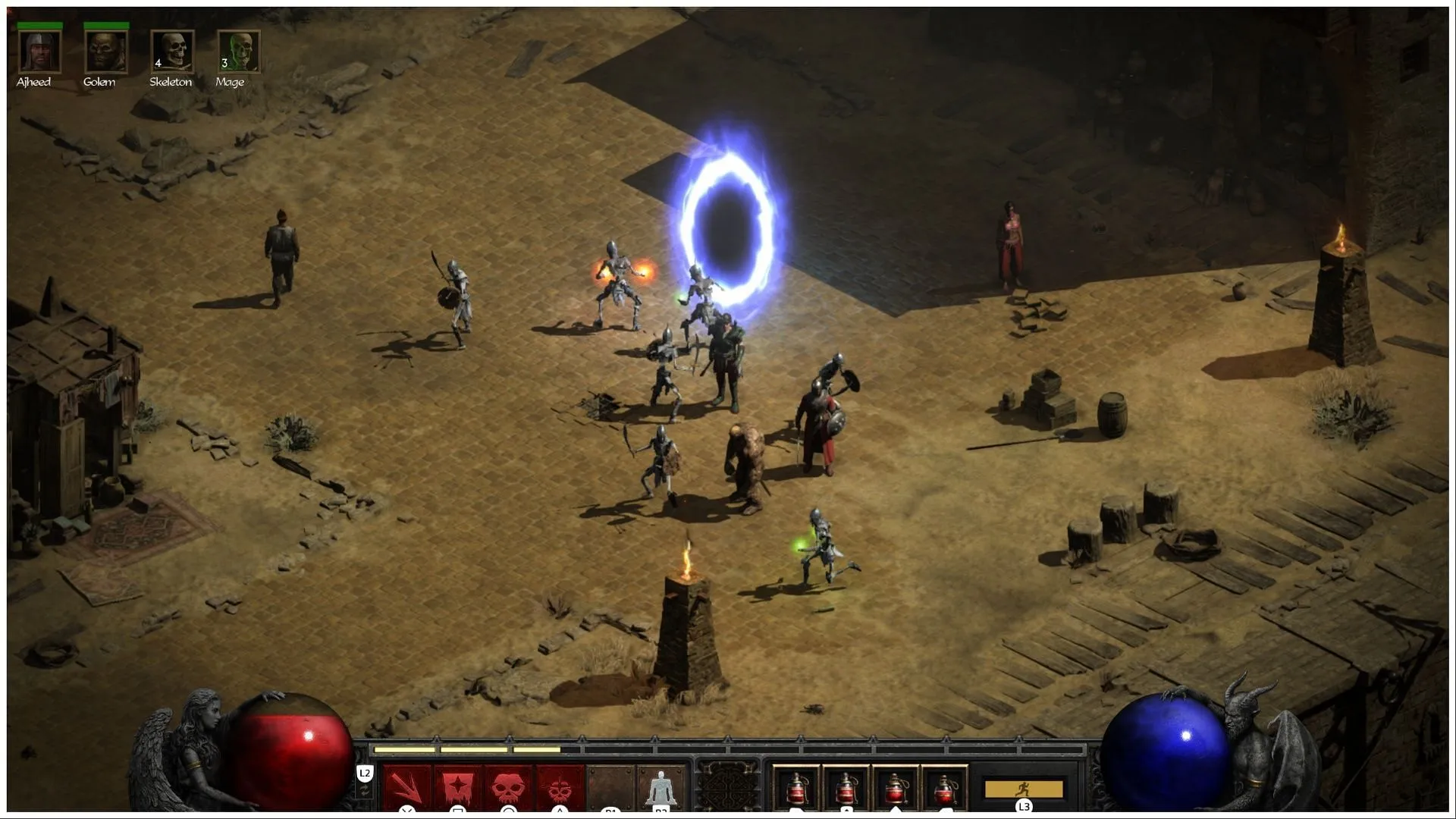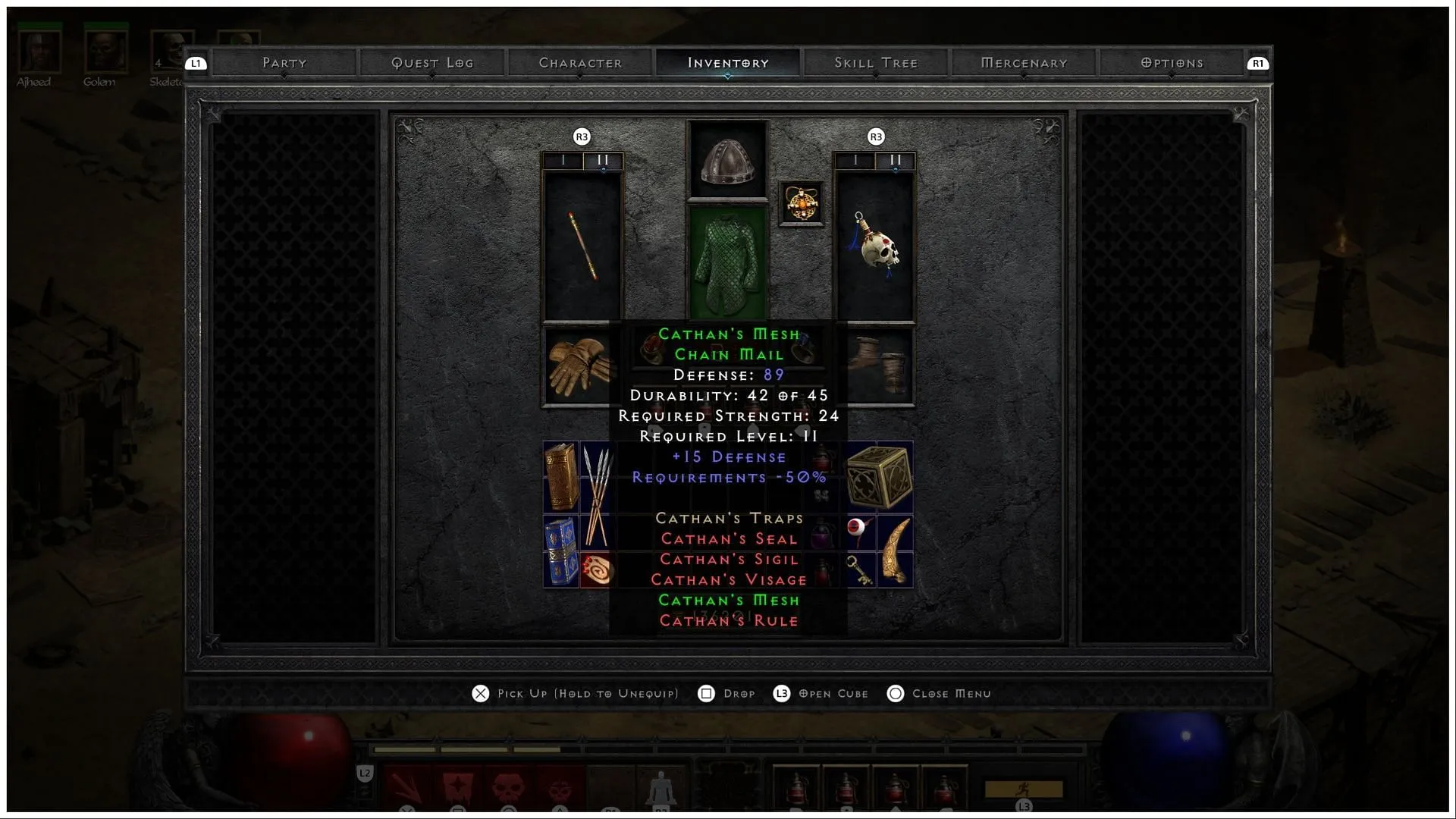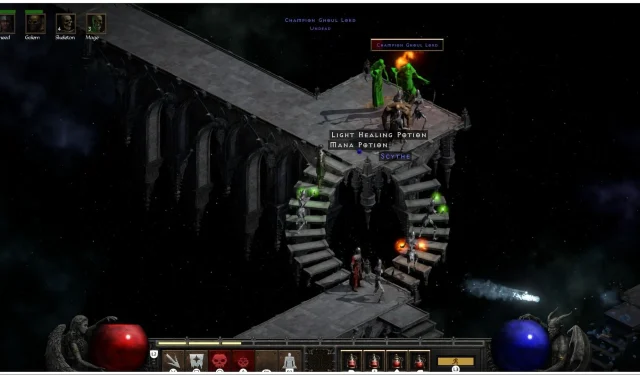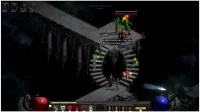Diablo 2 stands out as one of the most iconic action role-playing games (ARPGs) to ever grace the gaming scene, leaving a significant mark on the genre. It not only redefined expectations for ARPGs but also laid the foundation for countless successors. When pondering the number of contemporary games that draw inspiration from Diablo 2, it’s easy to enumerate several titles that bear its influence. Despite Blizzard’s innovations in subsequent titles like Diablo 3 and Diablo 4, there remains a dedicated fanbase that continues to appreciate the original experience, as well as its enhanced remaster, Diablo 2: Resurrected.
This leads to an intriguing question: how would Diablo 2 perform if launched in the modern gaming landscape of 2025? While opinions vary, I believe there are compelling arguments on both sides of the spectrum regarding its potential success.
Could Diablo 2 Thrive in 2025? Exploring the Possibilities
Should Diablo 2 be introduced as a new release in the upcoming years, it might resonate with players, albeit not to the iconic levels experienced during its prime. Even as a companion title to Diablo 4, it could capture a niche audience. Many gamers still exhibit a nostalgic craving for that classic grind, pursuing coveted loot and powerful Runes.

While the future is uncertain, a few potential factors could influence Diablo 2’s reception. Let’s delve into the reasons why it might still charm the gaming community, despite possible limitations.
Reasons Diablo 2 Would Attract Players
In today’s gaming climate, Diablo 2 could still captivate a significant audience due to its beloved retro aesthetics and memorable gameplay mechanics. The desire for nostalgic experiences remains strong; a compelling throwback experience filled with challenging scenarios and rewarding loot systems would undoubtedly draw in both old fans and new players alike.

For those new to the franchise, Diablo 2 remains a robust challenge, especially as players progress beyond the initial difficulty levels. The game requires strategic thinking and skillful execution—attributes that have become increasingly popular following the success of the Soulslike genre. Moreover, the competitive elements of build optimization and speedrunning present additional motivation for players seeking to push their limits.
Challenges That May Hinder Its Popularity
While my affection for Diablo 2 is strong, it’s crucial to address the hurdles it may face should it debut today. The game can present intense challenges, especially to those less fortunate with RNG. Farming set pieces or seeking out optimal Runes can lead to arduous gaming sessions lasting hours or even days—time that many modern gamers might find discouraging.

Additionally, the game lacks balance, resulting in certain character classes overshadowing others. Moreover, the lengthy grind to level 99 without direction can create a frustrating experience for novice players.
Ultimately, one of the most significant turn-offs for players could be the relentless pursuit of optimal gear. If gamers struggle to enjoy the loot systems in titles like Diablo 4 or Path of Exile 2, the prospect of grinding in Diablo 2 could feel even more daunting.
For casual participants, the game’s slower pace can lead to moments of frustration. Aspects like waiting to regain stamina or facing overwhelming foes without the right resistances can lead even seasoned players to exasperation.
In conclusion, if Diablo 2 were to be launched in 2025, I believe it would still garner interest, especially aided by the Blizzard brand attached to it. However, while it might attract a dedicated audience, replicating the monumental success of its original release may prove elusive, as contemporary gamers have evolved in their tastes and expectations.


